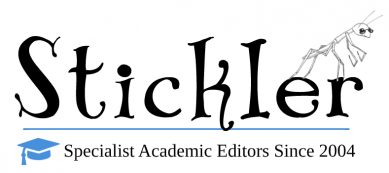Introduction
In the vast ocean of academic knowledge, scholarly journals serve as lighthouses, guiding researchers through the tumultuous waves of information. Understanding key terms in journal publishing is essential for academics, students, and anyone interested in staying afloat in the sea of research. In this post, we will delve into three crucial concepts: peer review, impact factor, and open access.
Peer Review: The Guardian of Quality
Peer review is the cornerstone of scholarly publishing. Before an article is accepted for publication in a journal, it undergoes a rigorous evaluation process by experts in the field. These experts, known as peers, assess the manuscript’s quality, validity, and originality. These individuals essentially act as gatekeepers, ensuring that only high-quality research reaches the academic community.
The peer-review process typically involves multiple rounds of evaluation. Authors submit their manuscripts to a journal, and the editor assigns the paper to qualified reviewers. These reviewers scrutinize the research methodology, data analysis, and conclusions. They provide constructive feedback and recommendations to the authors where needed, which helps to improve the paper’s overall quality.
While peer review is a cornerstone of scholarly integrity, it is not without challenges. For example, the process can be time-consuming and subjective. However, the benefits of peer review, such as filtering out unreliable research and maintaining academic standards, far outweigh the drawbacks.
Impact Factor: A Metric for Journal Prestige
The impact factor is a quantitative measure of a journal’s influence within the academic community. Calculated annually (with several updates having been made to the ranking process for 2024), the impact factor reflects the average number of citations received by articles published in a journal over a specific period. Journals with higher impact factors are often considered more prestigious and influential in their respective fields.
Authors often aspire to publish their work in journals with high impact factors, as this can enhance the visibility and credibility of their research. However, impact factors should not be the sole criterion for evaluating the quality of a journal or its articles; it represents just one of many factors to consider, and its significance may vary across disciplines.
Open Access: Breaking Down Paywalls
In recent years, the concept of open access has gained momentum in the world of scholarly publishing. Open-access journals make research freely available to the public, eliminating traditional subscription barriers. This model promotes the democratization of knowledge, allowing a broader audience to access and engage with scholarly content.
While open access has numerous advantages, including increased visibility and accessibility, it also poses financial challenges for publishers. Finding sustainable funding models that balance the need for open access with the costs of publication remains a critical issue in the academic publishing landscape.
Conclusion
Navigating the intricate waters of journal publishing requires a solid understanding of key terms such as peer review, impact factor, and open access. Peer review ensures the reliability and quality of published research, while the impact factor provides a quantitative measure of a journal’s prestige. Finally, embracing open access enhances the dissemination of knowledge but presents financial challenges for publishers.
As we continue to sail through the ever-evolving ocean of scholarly communication, staying informed about these key terms empowers researchers and readers alike. By understanding the intricacies of journal publishing, we can contribute to a more transparent, accessible, and robust academic ecosystem.







